Blog
Xendoll has 22 years of experience in the production of small machine tools. We will help you choose the suitable machine and share our experience in CNC machining with you.
 Aug 31, 2024
Aug 31, 2024
 xendoll
xendoll
 1336
1336
We deal with machining every day. Do you know the precision tolerance levels that can be achieved by turning, milling, planing, grinding, drilling, and boring?
Tolerance level refers to the grade that determines the degree of accuracy of a dimension. According to the national standard, there are 20 grades, ranging from IT01, IT0, IT1, IT2 to IT18. The larger the number, the lower the tolerance level (processing accuracy), the greater the allowable variation range (tolerance value), and the easier the machining.
The required machining accuracy varies depending on the function of the product components, and different machining methods and processes are chosen accordingly. This article introduces the machining accuracy that can be achieved by common machining methods such as turning, milling, planing, grinding, drilling, and boring.
*IT Standard Tolerance Level Table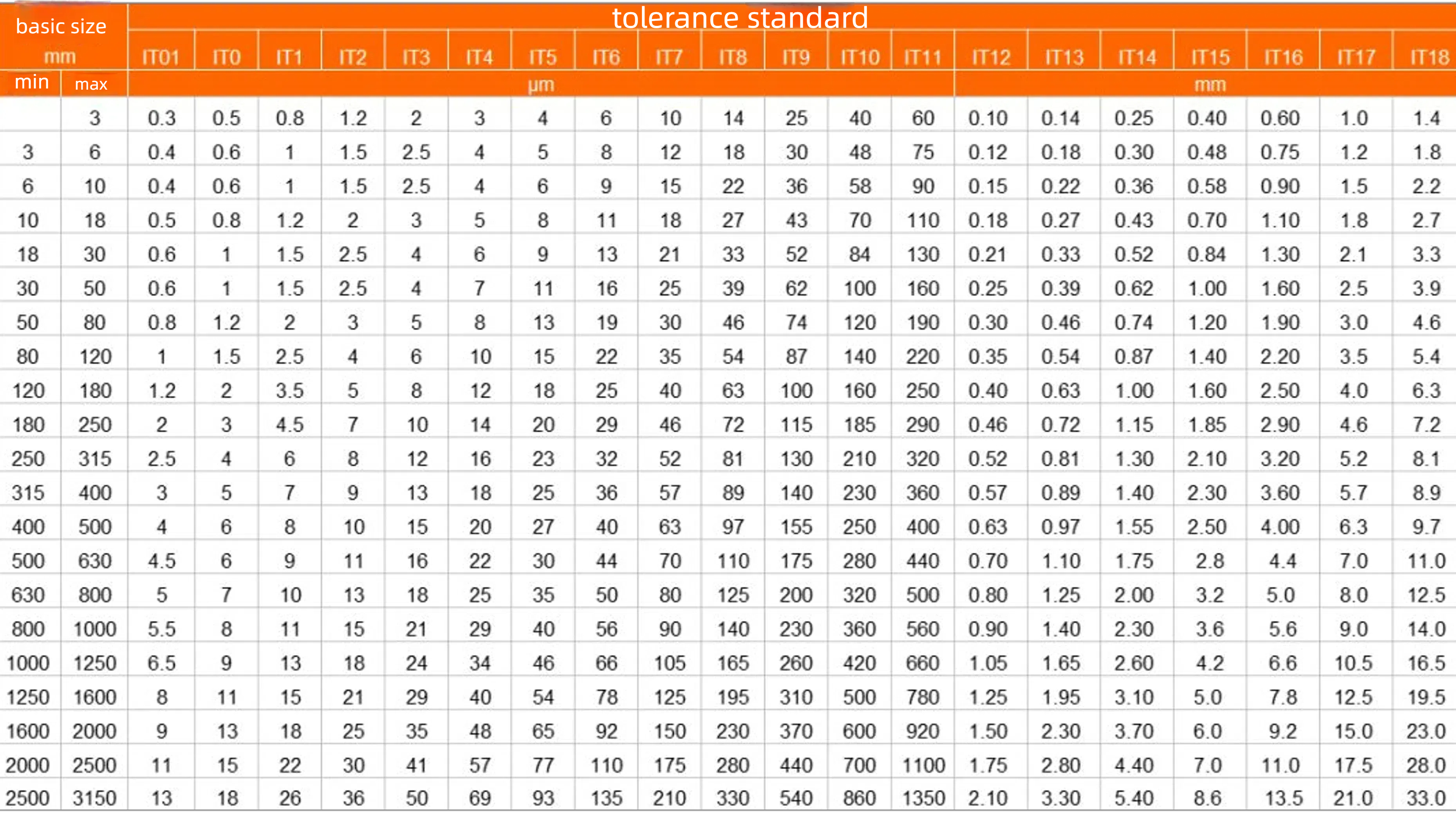
Note: For basic dimensions smaller than 1mm, IT14 to IT18 are not applicable.
01 Turning
Turning is a machining process where the workpiece rotates, and the cutting tool moves in a straight or curved path on a plane. It is generally performed on a lathe and is used to machine the internal and external cylindrical surfaces, end faces, conical surfaces, shaped surfaces, and threads of workpieces.
The general machining accuracy of turning is IT8~ IT7, with a surface roughness of 1.6~0.8μm.
Rough turning aims to increase efficiency by using a large cutting depth and feed rate without reducing cutting speed. However, the machining accuracy can only reach IT11, with a surface roughness of Ra20~10μm.
Semi-finish turning and finish turning aim to use high speed with smaller feed rates and cutting depths. The machining accuracy can reach IT10~IT7, with a surface roughness of Ra100.16μm.
High-precision turning on precision lathes using finely sharpened diamond cutting tools can achieve machining accuracy of IT7~IT5, with a surface roughness of Ra0.04~0.01μm. This process is known as "mirror turning."
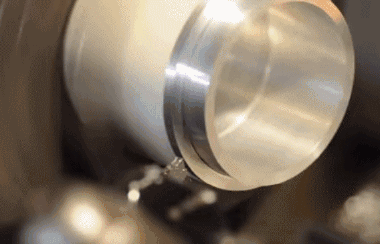
02 Milling
Milling is a machining process that uses a rotating multi-edge tool to cut the workpiece. It is an efficient method suitable for machining planes, grooves, various shaped surfaces (such as splines, gears, and threads), and special shapes in molds. Depending on the direction of the main motion speed relative to the feed direction during milling, it is divided into climb milling and conventional milling.
The general machining accuracy of milling can reach IT8~IT7, with a surface roughness of 6.3~1.6μm.
For rough milling, the machining accuracy is IT11~IT13, with a surface roughness of 5~20μm.
For semi-finish milling, the machining accuracy is IT8~IT11, with a surface roughness of 2.5~10μm.
For finish milling, the machining accuracy is IT16~IT8, with a surface roughness of 0.63~5μm.
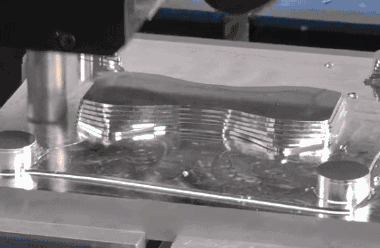
03 Planing
Planing is a machining process where a planer tool performs horizontal reciprocating linear movement relative to the workpiece, mainly used for shaping parts.
The general machining accuracy of planing can reach IT9~IT7, with a surface roughness of Ra6.3~1.6μm.
Rough planing can achieve a machining accuracy of IT12~IT11, with a surface roughness of 25~12.5μm.
Semi-finish planing can achieve a machining accuracy of IT10~IT9, with a surface roughness of 6.2~3.2μm.
Finish planing can achieve a machining accuracy of IT8~IT7, with a surface roughness of 3.2~1.6μm.
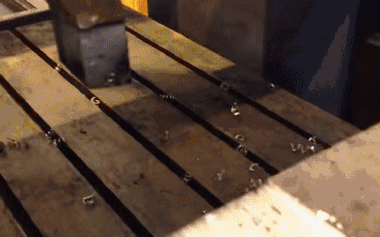
04 Grinding
Grinding is a machining process that uses abrasives and grinding tools to remove excess material from the workpiece. It is a finishing process widely used in the mechanical manufacturing industry.
Grinding is usually used for semi-finish and finish machining, with accuracy reaching IT8~IT5 or even higher, and a surface roughness of 1.25~0.16μm.
Precision grinding can achieve a surface roughness of 0.16~0.04μm.
Ultra-precision grinding can achieve a surface roughness of 0.04~0.01μm.
Mirror grinding can achieve a surface roughness below 0.01μm.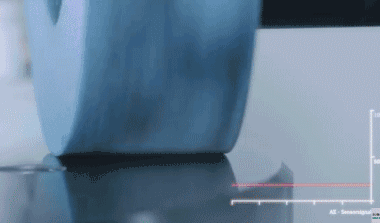
05 Drilling
Drilling is a basic method of hole machining, often performed on drilling machines and lathes, but it can also be done on boring or milling machines.
The machining accuracy of drilling is relatively low, generally reaching only IT10, with a surface roughness of 12.5~6.3μm. Reaming and boring are often used after drilling for semi-finish and finish machining.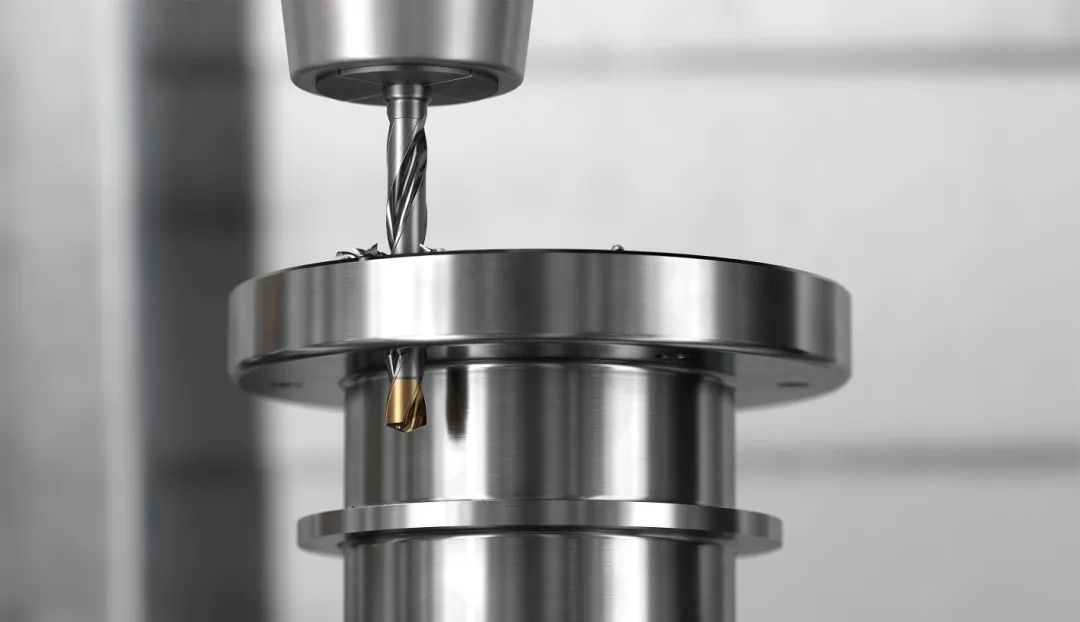
06 Boring
Boring is a machining process that uses a tool to enlarge the diameter of a hole or other circular contours. It is generally applied in semi-finish to finish machining and typically uses a single-edged boring tool (called a boring bar).
The boring accuracy for steel materials generally reaches IT9~IT7, with a surface roughness of 2.5~0.16μm.
Precision boring can achieve a machining accuracy of IT7~IT6, with a surface roughness of 0.63~0.08μm.
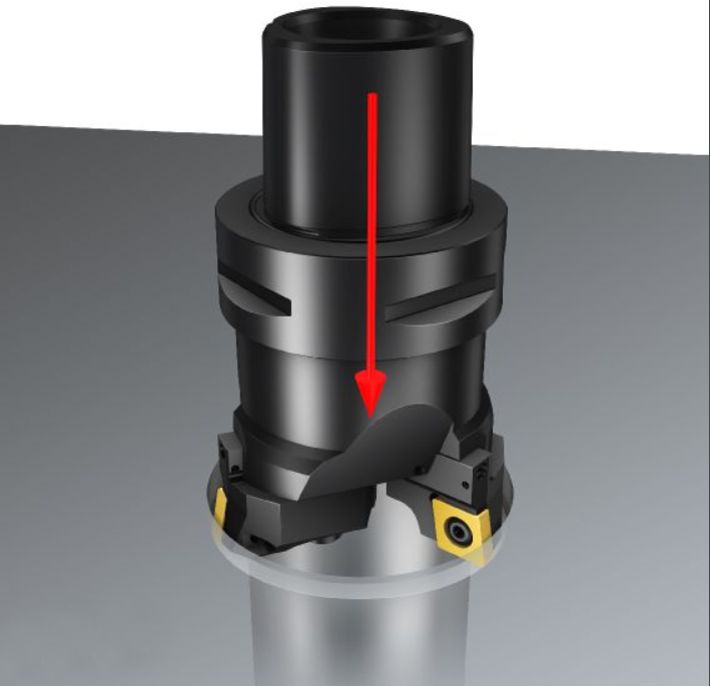
Xendoll has a variety of CNC machine tools. Our lathes, drilling machines, and milling machines can help everyone complete machining work excellently.



 Show all our samples
Show all our samples
 Provide you with a free quote
Provide you with a free quote
 Answer all the questions you may have
Answer all the questions you may have
 Guided installation and other options
Guided installation and other options